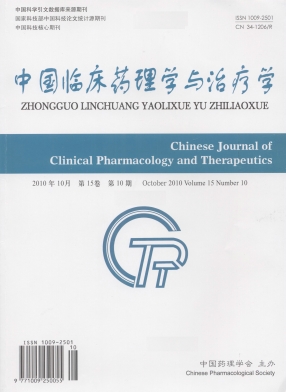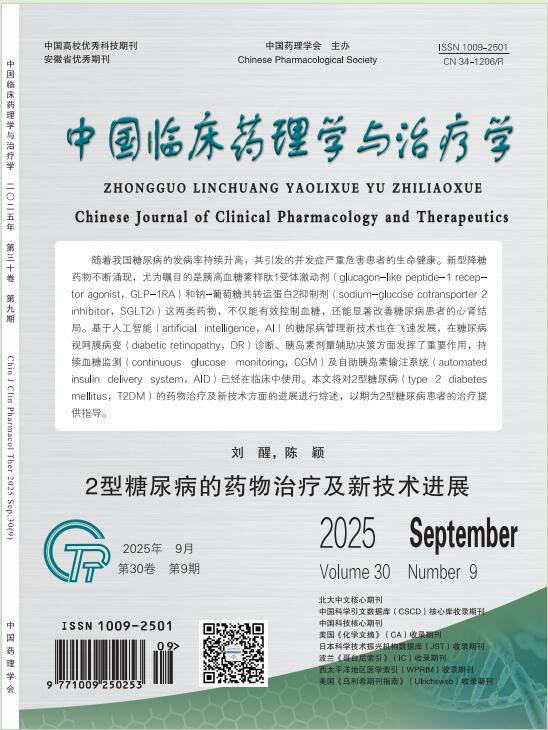Pharmacokinetics/pharmacodynamics evaluation of two injection formulations of propofol in Chinese healthy volunteers
CHEN Lin-yao, ZHOU Xing-chen, GUO Xin, SU Tao, CHENG Ze-neng
2012, 17(11):
1249-1257.
 Asbtract
(
575 )
Asbtract
(
575 )
 PDF (963KB)
(
307
)
References |
Related Articles |
Metrics
PDF (963KB)
(
307
)
References |
Related Articles |
Metrics
AIM: Propofol is a widely used intravenous anesthetic agent. Few pharmacokinetic (PK) and pharmacodynamic (PD) information of propofol is available in a Chinese population. The aim of the study is to evaluate PK and PD characteristics, assessing the therapeutic equivalence between two injection formulations of propofol in Chinese healthy volunteers. METHODS: Twenty-four healthy male volunteers were enrolled in a randomized, double-blinded, crossover study, receiving a 2 mg/kg bolus injection of test or reference formulation in two study arms. Plasma propofol concentration was determined by a validated HPLC-Flu method. PD parameters, Bispectral Index (BIS) and A-line ARX Index (AAI), were recorded by EEG monitor till 15 min postdose. In addition, times to onset of and emergence from hypnosis were observed. RESULTS: Twenty-three subjects accomplished the trial. The mean values of Cmax, tmax, AUC0-t, AUC0-∞ of test and reference formulations were 2.284 and 2.452 mg/L; 4 and 4 min; 0.706 and 0.423 mg·h·L-1; 0.471 and 0.506 mg·h·L-1, respectively. The mean values of PD parameters of test and reference formulations were as follows: BISmin, 51 and 53, respectively; AAImin, 18 and 20; BISAUC0-15 min, 373.4 and 342.7; AAIAUC0-15 min, 892.5 and 850.5. The 90% CIs for the logarithmic transformations of Cmax, AUC0-t, AUC0-∞, BISAUC0-15 min, BISmin, AAIAUC0-15 min, AAImin (0.795-0.999, 0.838-0.985, 0.861-0.989, 1.023-1.151, 0.865-1.025, 0.999-1.099, 0.826-1.008, respectively) were within the bioequivalence acceptance limits. No serious adverse events occurred in the trial.CONCLUSION: Results indicated that no significant difference was found between test and reference formulations of propofol in the aspects of pharmacokinetic and pharmacodynamic. Both formulations were well tolerated. Therefore, we believe that the two injection formulations of propofol are therapeutic equivalence in Chinese healthy volunteers.


